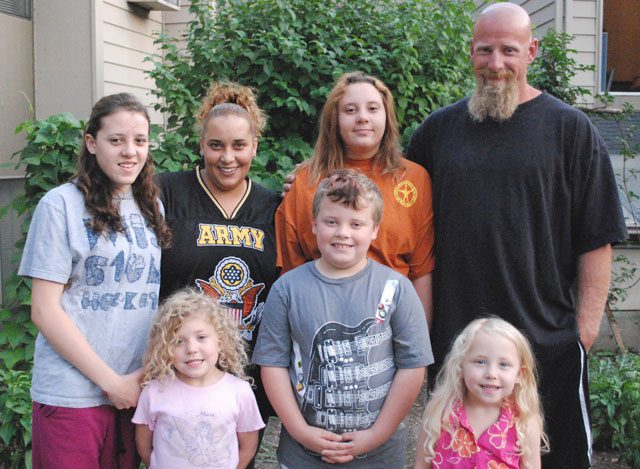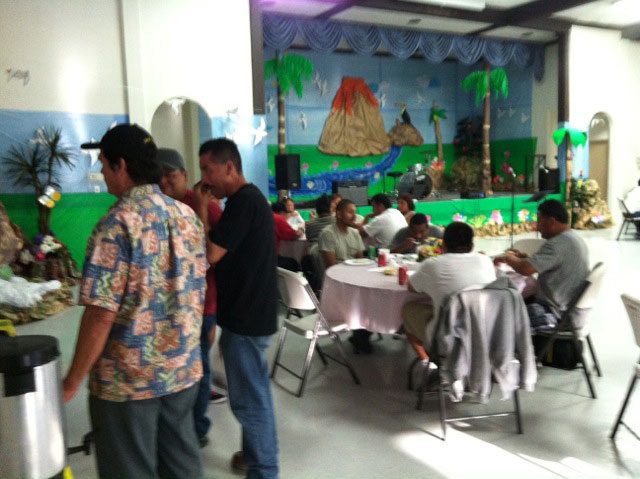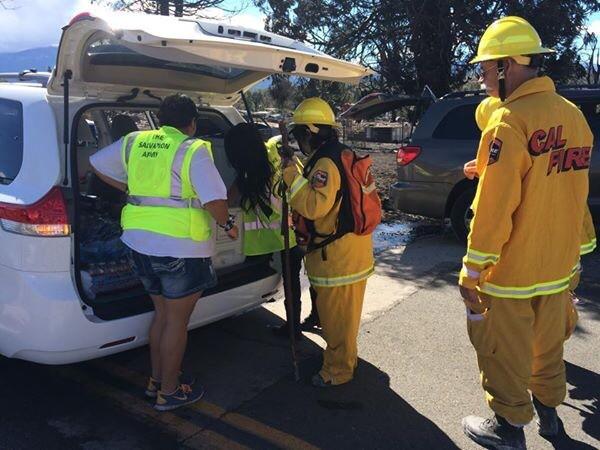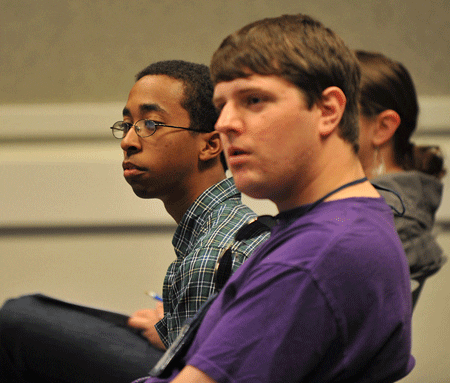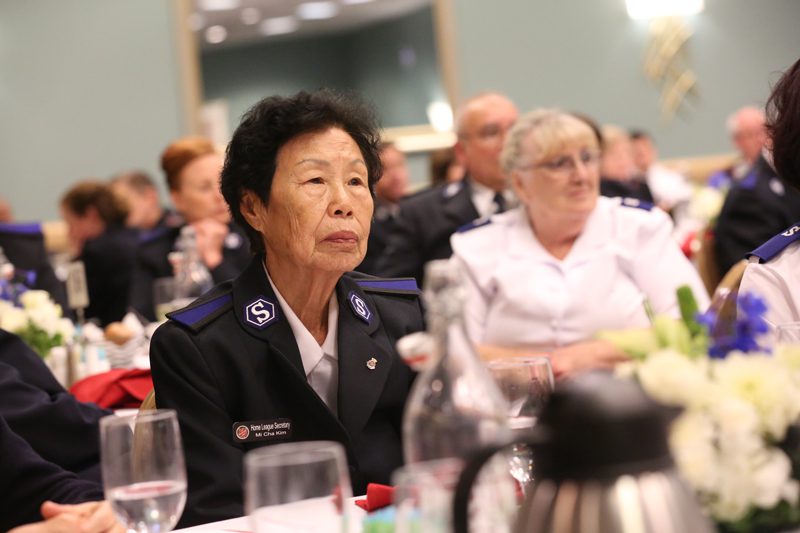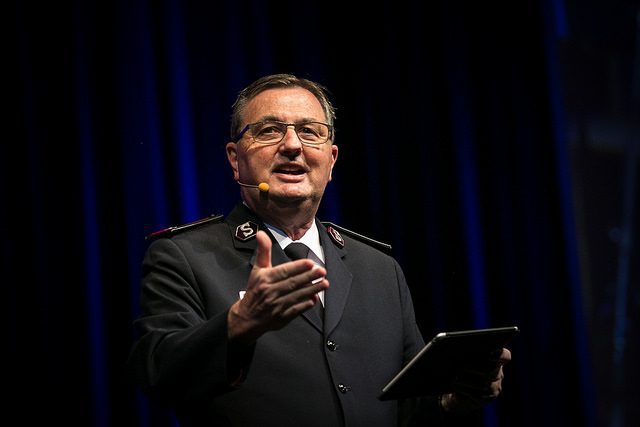 The Salvation Army facility offers resources, while keeping families together.
The Salvation Army facility offers resources, while keeping families together.
By Teresa Steinmetz –
The Salvation Army Veterans and Family Center in Beaverton, Ore., provides support to veterans from the World Wars to those who recently returned from Iraq and Afghanistan.
In Multnomah County alone, 11 percent of homeless individuals are veterans, affecting 220 households. In Washington County, there are 94 veteran households listed as homeless.
Rick Stoller, executive director at The Salvation Army Veterans and Family Center, has worked in veterans services for six years, and over time has watched the need for veterans services rise. That is why, in 2011, he helped move this veterans program from downtown Portland to a suburb that offered the family atmosphere needed for it to grow.
The Veterans and Family Center is the only grant per-diem program in the area that provides shelter and case management services to both veterans and their families.
 “It is necessary so veterans do not have to choose between breaking up their families and receiving services,” Stoller said. “The Salvation Army has a long history of supporting families, [and] this is merely another example of that commitment.”
“It is necessary so veterans do not have to choose between breaking up their families and receiving services,” Stoller said. “The Salvation Army has a long history of supporting families, [and] this is merely another example of that commitment.”
Since 2011, the shelter has been at capacity with an average wait list of 20 family units, meaning that all 60 rooms in the facility are in use, helping reorient veterans and their families into civilian life.
The veterans receive assistance with employment and housing, opportunities to further skills such as time and money management, and support in navigating the U.S Department of Veteran Affairs (VA) system to redeem veteran benefits.
According to Stoller, the focus of the center is to address the issues that resulted in homelessness, increase veterans’ income, and secure permanent housing for the veteran and his or her family. Other goals include addressing spiritual needs, supporting all clients from a Trauma-Informed Care model, developing a community of support, and maintaining a safe and peaceful environment for veterans and their families to heal and grow.
He hopes to expand these services to include childcare and alternative models of treatment, and increase the program’s visibility within the community.
“It has helped me live in a pleasant, safe and healthy environment while striving to make a successful transition for my life, and being independent,” one client said. Another added, “More than anything it has given me hope for a brighter future, and having stability has helped me help myself.”











